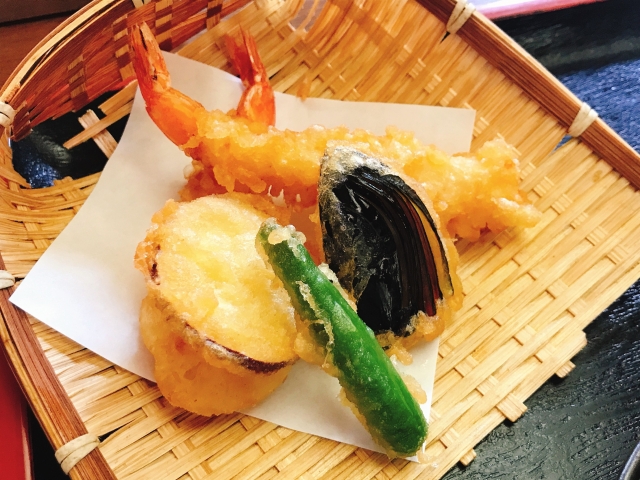Need to learn how to utilize Japanese verbs.
Now, before you can start making your own sentences, you need to learn how to utilize Japanese verbs.
Verbs are the most important part of a Japanese sentence. In many cases, the Japanese omit everything except the verb.

Click here to learn Japanese language with the best one-on-one
Japanese tutoring lessons in person or online.
They are very big in omitting the obvious, and sometimes not so obvious, which can be confusing.
There are only three types of Japanese verbs, each following a pattern that is very simple and has few exceptions.
Most Japanese verbs fall into the first group, the five-stage (five-stage) verbs. These verbs are always used in the same way, with one exception. These verbs have five changes that follow the order of the Japanese vowels (that is, the letters in that section of the hiragana chart).
So the name is Godan (meaning 5th level or step) and the “te” and “ta” are: Common to all verbs. The graph below shows how to use the Japanese Godin verb.
話す はなす hanasu (to speak)
話さ はなさ hanasa Base 1
話し はなし hanashi Base 2
話す はなす hanasu Base 3
話せ はなせ hanase Base 4
話そう はなそう hanasou Base 5
話して はなして hanashite Base “te”
話した はなした hanashita Base “ta”
Base 1: Base 1 cannot be used alone, but adding -nai makes it a simple negative form. (Example: No flowers-say nothing.) If the verb ends with a (u), the end of Base 1 will be a wa (wa). (Example: au (base 1)-> awa)
(Plain forms are used when talking to friends. Not suitable for use in a business environment. Lesson 8 describes polite forms.)
Bass 2: Bass 2 is most often a noun when used alone, but is primarily used in the polite form of a verb.
Base 3: Base 3 is the main form (in the dictionary) and is also the plain form of the present / future form.
Base 4: Base 4 is most often used as an “if verb” by adding -ba. (Example: Hanazeha-If you just want to say something.) You can use it alone as a command form, but it’s very rude and I recommend you not to use it at all.
Base 5: Base 5 is itself used as a “let’s” form. (Example: Hanazou-Let’s talk.) I will explain other methods that will be used in later lessons.
Base “te”: The base “te” can be used alone as a plainform command. Not rude, but should only be used with close friends and children. By adding kudasai, it becomes a polite form command. The base “te” can also be used in other ways that we will discuss in later lessons.
Bass “ta”: Bass “ta” is a bass “te” with an “a” sound at the end instead of an “e” sound. Primarily used alone as a past form of plain foam. (Example: Hanashita-I talked.) I will explain other methods that will be used in later lessons.
Here are some Godan verbs. Try conjugating them on a piece of paper using what you have just learned. Click here for the answers.
会う あう au to meet
勝つ かつ katsu to win
売る うる uru to sell
遊ぶ あそぶ asobu to play
飲む のむ nomu to drink
死ぬ しぬ shinu to die
歩く あるく aruku to walk
泳ぐ およぐ oyogu to swim
消す けす kesu to erase, turn off
行く いく iku to go
(Remember the exception for Bases “te”and “ta”)
さて、あなたがあなた自身の文を作り始めることができる前に、あなたは日本語の動詞を活用する方法を学ぶ必要があります。動詞は日本語の文の最も重要な部分です。多くの場合、日本人は動詞以外のすべてを省略します。
彼らは明白なものを省くことに非常に大きく、時には混乱する可能性のあるそれほど明白ではないこともあります。日本語の動詞は3種類しかなく、それぞれが非常に単純で例外がほとんどないパターンに従います。ほとんどの日本語の動詞は、最初のグループである五段(五段)動詞に分類されます。これらの動詞は、1つの例外を除いて、常に同じように活用します。これらの動詞には、日本語の母音の順序(つまり、ひらがなチャートのそのセクションの文字)に従う5つの変更があります。したがって、名前はGodan(5レベルまたはステップを意味します)であり、「te」と「ta」は次のようになります。すべての動詞に共通です。
ちはなすはなす(話す)
話さはなさはなさベース1
写は羽なしベース2
ちはなすはなすベース3
話せはなせはなせBase4
話そうはなそうはなそベース5
話してはなしてはなしてベース「て」
話たはなした花下ベース「た」
ベース1:ベース1は単独では使用できませんが、-naiを追加するだけで単純なネガティブフォームになります。 (例:花さない-何も言わない。)動詞がう(u)で終わる場合、Base 1の終わりはわ(wa)になります。 (例:au(ベース1)-> awa)
(プレーンフォームは、友人と話すときに使用するものです。ビジネス環境で使用するのは適切ではありません。レッスン8で丁寧なフォームについて説明します。)
ベース2:ベース2は、ほとんどの場合、単独で使用される場合は名詞ですが、主に動詞の丁寧な形で使用されます。
ベース3:ベース3はメインフォーム(辞書にあるもの)であり、現在形/未来形のプレーンフォームでもあります。
ベース4:ベース4は、-baを追加することにより、「if動詞」として最もよく使用されます。 (例:花瀬葉-何か言うだけなら。)コマンドフォームとして単独で使用することもできますが、非常に失礼なので、まったく使用しないことをお勧めします。
ベース5:ベース5は、それ自体が「レッツ」フォームとして使用されます。 (例:花荘-話しましょう。)後のレッスンで使用される他の方法について説明します。
ベース「te」:ベース「te」は、プレーンフォームコマンドとして単独で使用できます。失礼ではありませんが、親しい友人や子供とのみ使用する必要があります。 kudasaiを追加することで、丁寧なフォームコマンドになります。ベース「te」は、後のレッスンで取り上げる他の方法でも使用できます。
ベース「ta」:ベース「ta」は、「e」音の代わりに「a」音が最後に付いたベース「te」です。主に、過去形のプレーンフォームとして単独で使用されます。 (例:花下-話しました。)後のレッスンで使用される他の方法について説明します。
Related article:










